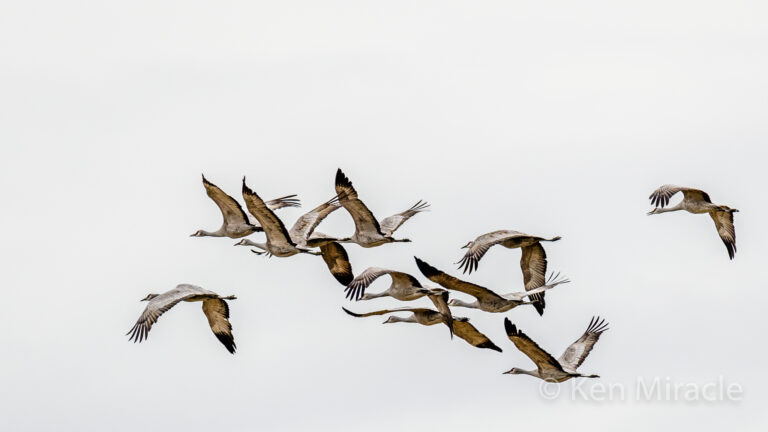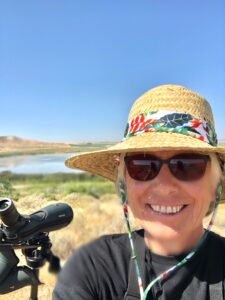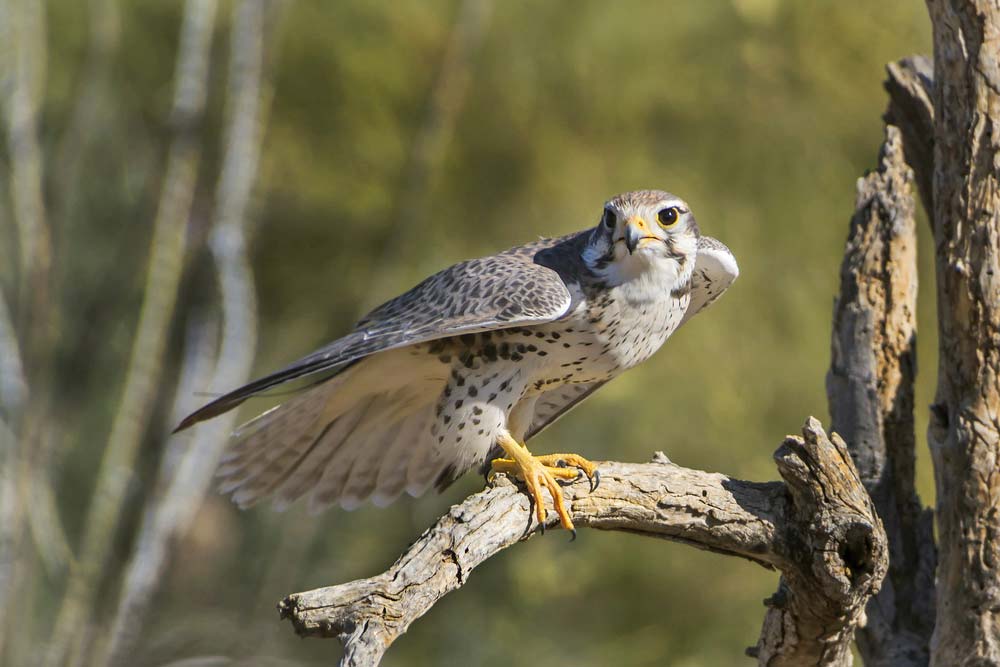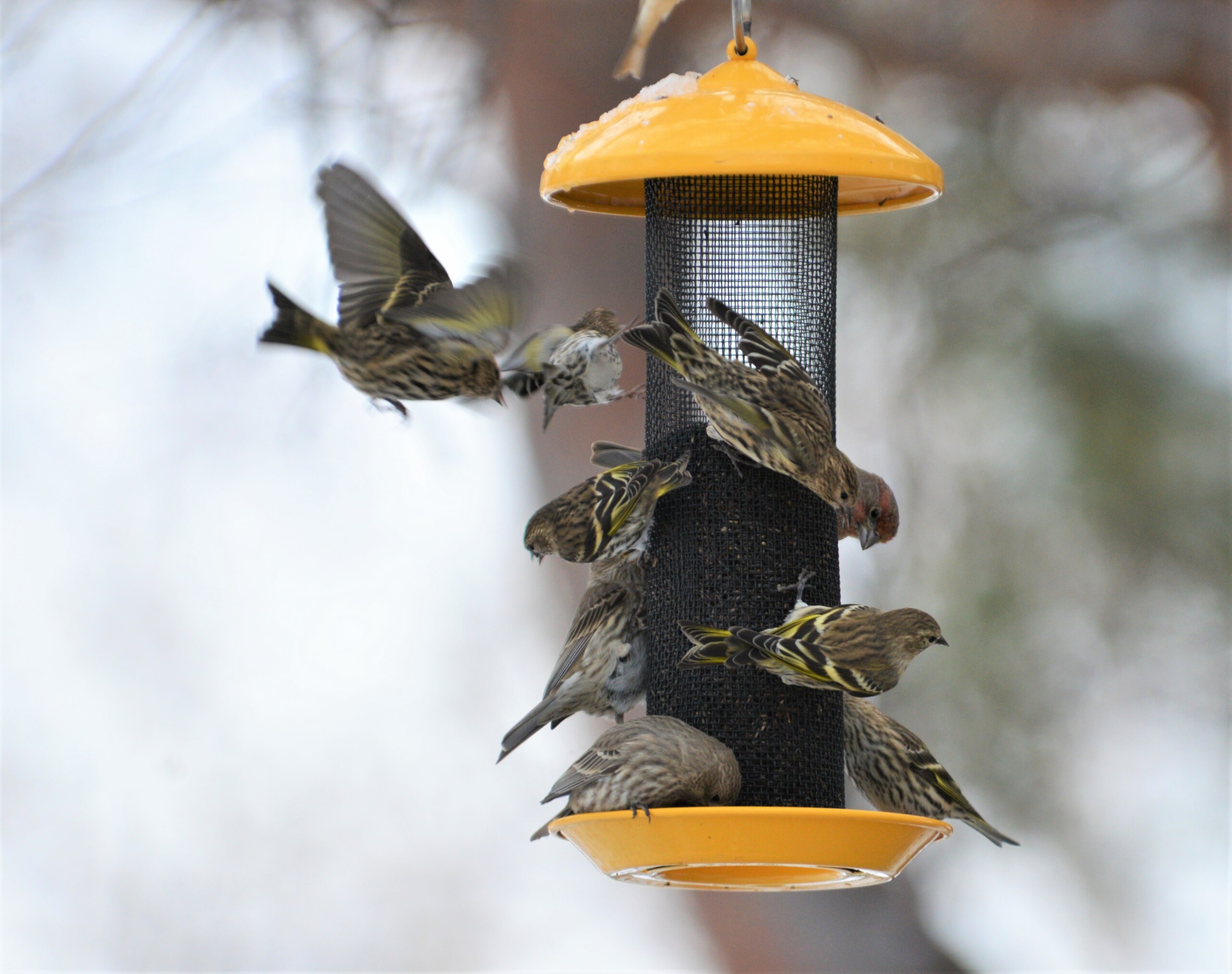Get Involved
"If you take care of the birds, you take care of most of the environmental problems of the world."
~Thomas Lovejoy
E-Newsletter

~News and Events~
- June 22nd SOUTH HILLS BIG DAY Bird Survey and Potluck Picnic – R.S.V.P. to Karl
- TRIP REPORT – Birding by Kayak on Wilson Lake Reservoir
- Golden Eagle Audubon ZOOM Presentation on Prairie Falcons
- Show your support for PFA by joining the growing community of members! Click ❤️ Here
|
|
|
|
|
|
|
|
By: Idaho Conservation League
Stories of the Snake:
A bird’s-eye view
Featuring an Interview with Pat Weber, PFA’s Conservation Chair

From year-round endemic Cassia Crossbills to waterfowl passing through during the winter, countless bird species can be identified in and around southern Idaho’s Snake River watershed. The steep black basalt canyon walls provide shelter, the water supports plants and a nesting habitat for waterfowl, and the surrounding forests and sagebrush steppe offer sustenance for many species. Hidden amongst the reeds, willows, sagebrush sea, and thick timbered forests, you’ll find birders with binoculars glued to their eyes and spotting scopes in tow. Unlike many other recreational activities along the Snake, birdwatching requires people to slow down, be present, and pay attention to the minute details as they put the visual puzzle pieces together to positively identify the birds before them. Read more here.

Sign up for our E-Newsletter
Keep up-to-date about birding activities in the Magic Valley.
* If you do not see an email confirmation in your inbox, please check your junk mail or spam folder.
You may revoke your consent to receive emails at any time by using the SafeUnsubscribe® link, found at the bottom of every email.


